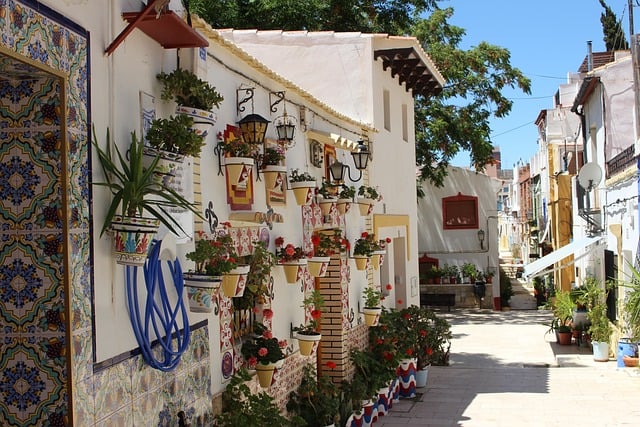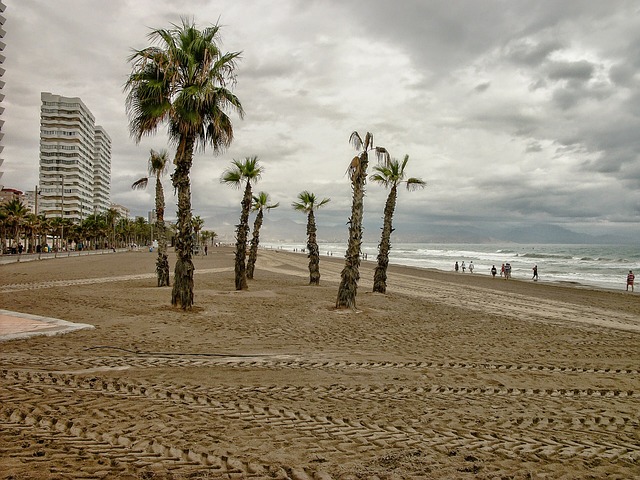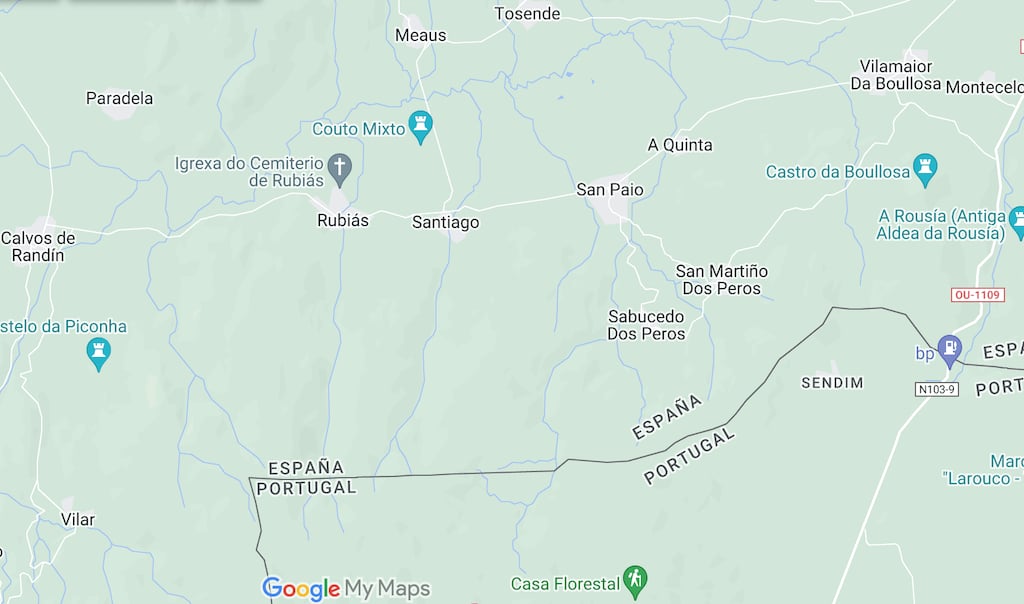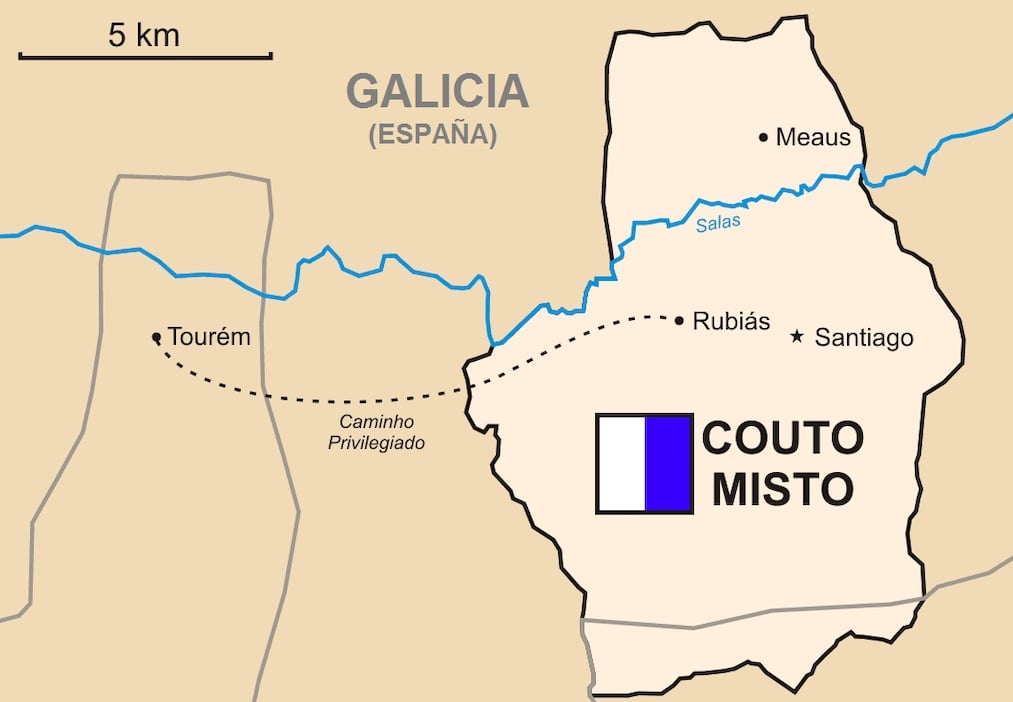When many non-Spaniards hear the name ‘Alicante’, they immediately think of Benidorm-like resorts filled with Brits drinking pints and having fry-ups to get over their hangovers from a night on the town (and cheap booze).
But this is actually a bit of a misnomer, and many confuse Alicante province (which is the home of Benidorm, as well as other British immigrant hotpots such as Villajoyosa and Torrevieja) with the city of Alicante, which is the provincial capital.
Alicante is a small, coastal city of in the south of the province, and is actually quite far from the ‘guiri’ haven many assume it is. For those of you who’ve visited, you’ll know it is in many regards a regular Spanish city. Sure there are Brits (and Germans and Russians) who stop by during the summer season, but in terms of living, Alicante has far greater populations of Colombians, Argentinians, Venezuelans and Moroccans than it does Brits.
READ ALSO: 22 free things to do in Spain’s Valencia
It’s also a city with plenty to do, and plenty of free things to enjoy.
Here’s 14 of the best.
Castillo de Sánta Barbara
Probably Alicante’s most iconic landmark, Santa Bárbara castle is sits atop mount Benacantil and offers stunning views of the beach and entire bay of Alicante.
Admission is free and it is open from Monday to Sunday, though the exact timetable depends on the time of year:
November 15 to February 27: 10:00-18:00.
February 28 to June 16: 10:00-20:00.
June 17 to September 4: 10:00-11:00.
September 5 to November 14: 10:00-20:00

Barrio de Santa Cruz
One of the oldest neighborhoods in Alicante, Santa Cruz was built into the first wall in the city and maintains its medieval layout.
It’s also very popular with tourists as the multicoloured houses decorated with flower pots and tiles are very social media ready. You can pass through Santa Cruz on your way up to the Castillo de Santa Bárbara, so could do both in the same afternoon.

‘El Barrio’ (old town)
Sitting below the castle is the old town, known among Alicantinos as ‘el barrio‘. It is a relatively small old town compared to other Spanish cities, but charming nonetheless and full of life and energy.
In the evenings, el barrio is full of people drinking and eating tapas on the terrace, and is known as somewhat of a party hub. It’s very popular with students living in the city, and is worth a walk around to soak in the atmosphere.
Museums
Alicante also has a whole host of free museums you can enjoy:
Museo de la Ciudad de Alicant: located in the Santa Bárbara castle, this free museum has exhibitions on the history of Alicante.
Museo de Bellas Artes Gravina: Alicante’s fine art museum is free every day except Monday when it is closed.
Museo de las Hogueras: the Hogueras (bonfire) museum has free admission every day except on Monday. Las Hogueras is a traditional Alicantino summer festival.
READ ALSO: 11 Alicante life hacks that will make you feel like a local
Museo The Ocean Race: though a guided tour does cost €3, admission is free and it is open from Tuesday to Sunday.
Museo de Arte Contemporáneo de Alicante: Alicante’s impressive contemporary art museum is free entry.
Museo de Aguas de Alicante: A museum all about the history of water in Alicante, and entry is free every day except Mondays, when it is closed.
Beaches
Obviously, Alicante has plenty of beautiful (free) beaches to take advantage of all year round. Two of the best (and quite different) are:
El Postiguet
The main beach in Alicante, right in the middle of the city. Due to its central location (you can literally walk there in minutes from the city centre) it tends to be quite busy and popular with tourists in the summer months.

San Juan
That’s why many locals prefer to go down the coast a little to San Juan, a quieter beach (some would say nicer too) that has something of a small town feel about it.

El Palmeral
Probably the best-known park in Alicante, known for the huge number of enormous palm trees. It’s a popular jogging spot for locals, and is directly opposite the Playa de San Gabriel, and has a lake and (artificial rivers) than you can walk over on wooden bridges.
Santa Iglesia Concatedral de San Nicolás de Bari
Alicante’s 17th century San Nicolás Cathedral was built and named in memory of Saint Nicholas, the patron saint of Alicante. The exterior is a little uninspiring, but once you step in and see the breathtaking roof, it’ll be worth the visit.
Mercado Central
Alicante’s central market is free to enter and worth a visit, whether for a look around or to buy some of the excellent fresh produce.
It’s open from 07.00-14.30 through the week and 07.00-15.00 on the weekends.





 Please whitelist us to continue reading.
Please whitelist us to continue reading.
Member comments